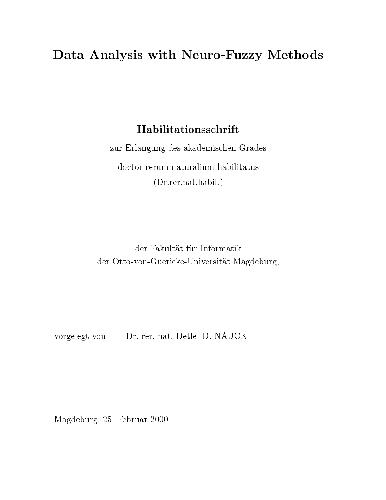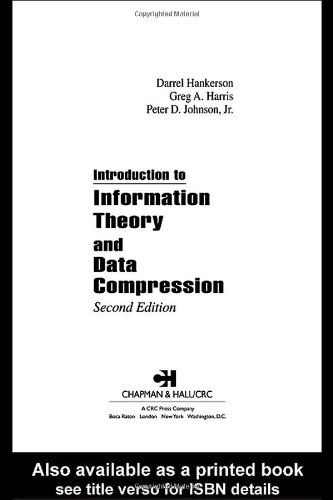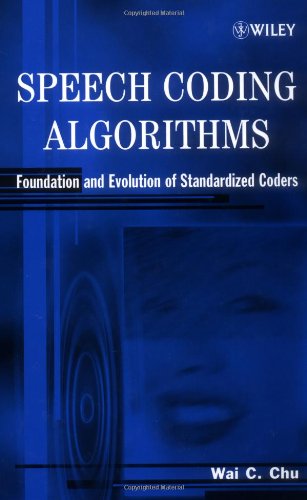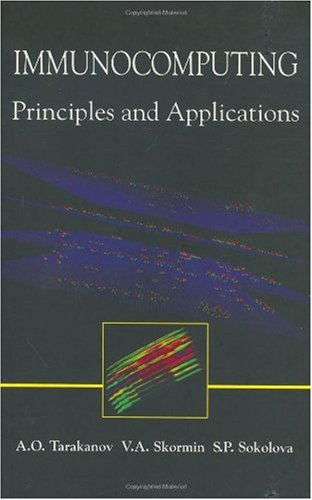Nauck D.
Table of contents :
Coverpage……Page 1
Titlepage……Page 2
Contents……Page 3
Abstract……Page 5
1 Introduction……Page 6
2 Intelligent Data Analysis……Page 12
2.1 What is Intelligent Data Analysis?……Page 13
2.2 Knowledge Discovery in Databases and Data Mining……Page 16
3.1 Fuzzy Systems……Page 20
3.2 Neural Networks……Page 25
3.3 Neuro-Fuzzy Systems……Page 34
3.4 Interpretable Fuzzy Systems for Data Analysis……Page 41
4 Learning Fuzzy Rules from Data……Page 46
4.1 Structure Learning……Page 48
4.2 Learning Mamdani-type Fuzzy Rules……Page 55
4.3 Handling Symbolic Data……Page 64
4.4 Treatment of Missing Values……Page 72
4.5 Analysis of the Learning Algorithms……Page 76
5 Optimization of Fuzzy Rule Bases……Page 82
5.1 Adaptive Rule Weights……Page 83
5.2 Training Membership Functions……Page 99
5.3 Mamdani-type Fuzzy Systems……Page 103
5.4 Fuzzy Classifiers……Page 115
5.5 Pruning Fuzzy Rule Bases……Page 120
5.6 Analysis of the Learning Algorithms……Page 122
6 Data Analysis with NEFCLASS……Page 126
6.1 Network Representation of NEFCLASS……Page 127
6.2 Implementational Aspects……Page 129
6.3 Effects of Rule Weights……Page 132
6.4 Creating Small Classifiers……Page 135
6.5 Using Symbolic Variables……Page 137
6.6 Classification as Preprocessing……Page 140
7 Conclusions……Page 144
Bibliography……Page 148
Index……Page 160
List of Symbols……Page 162
Curriculum Vitae……Page 163







Reviews
There are no reviews yet.